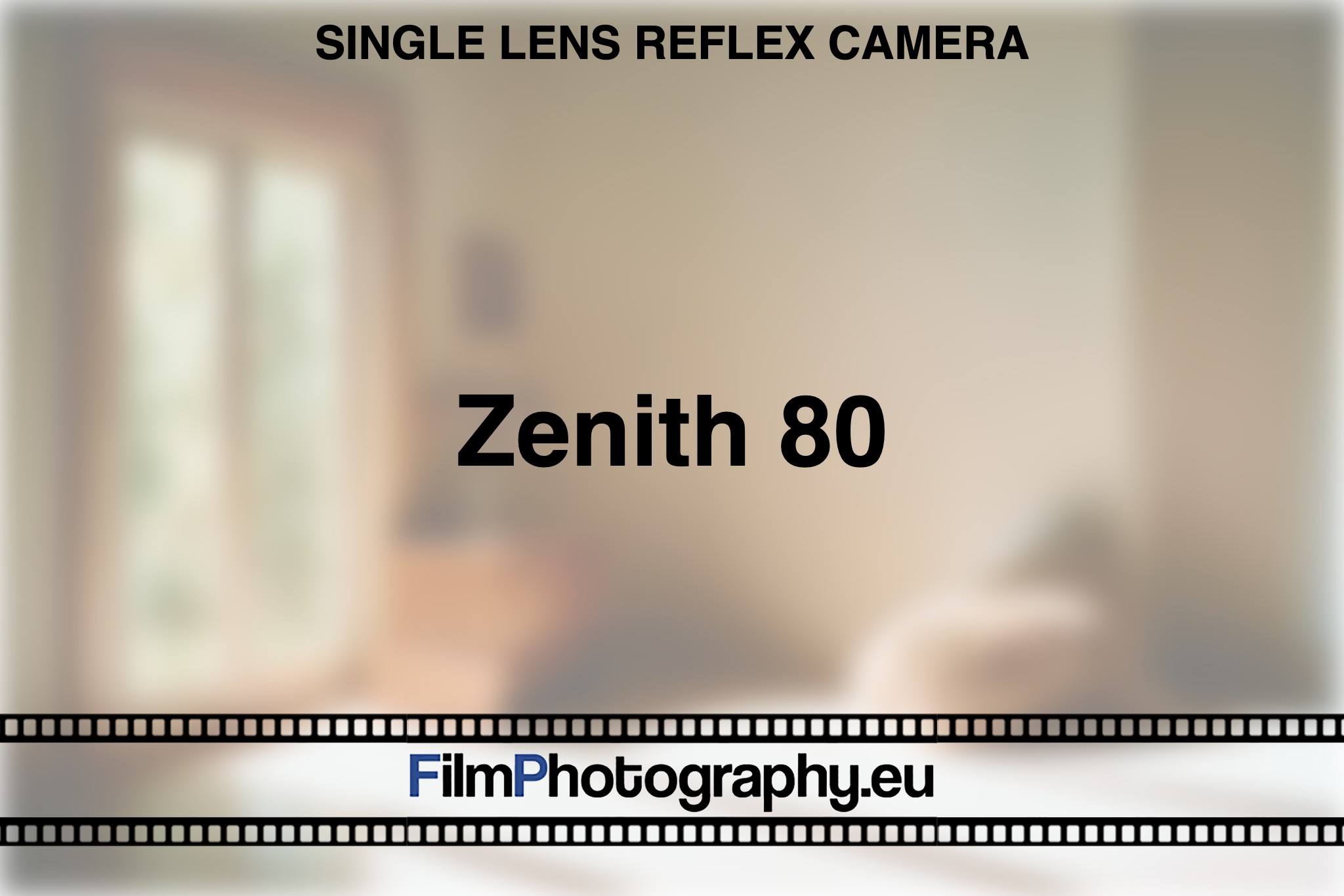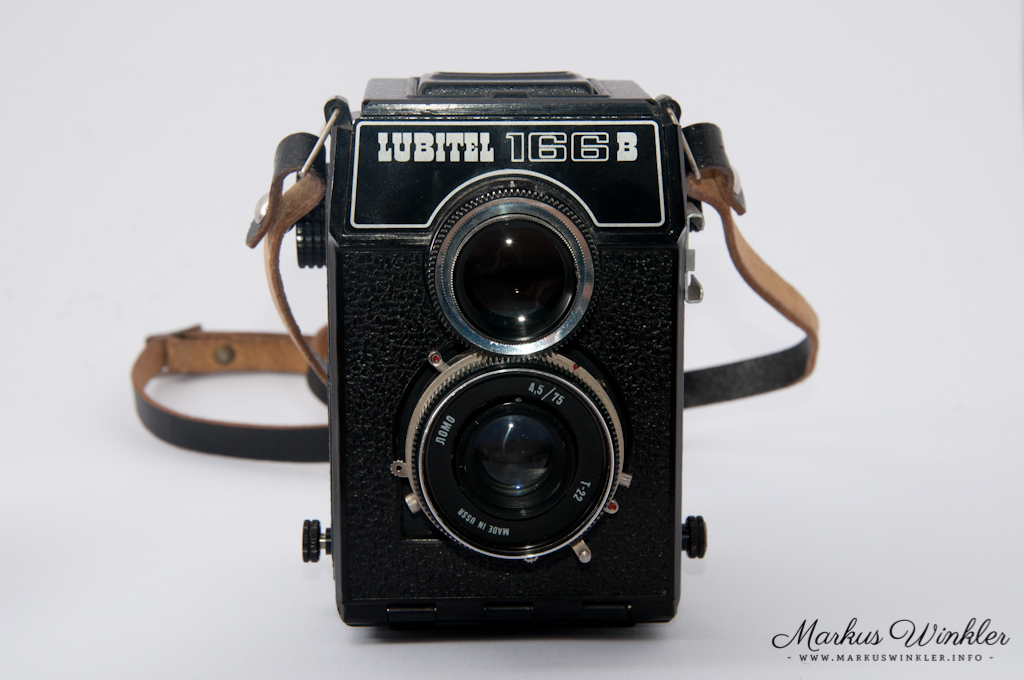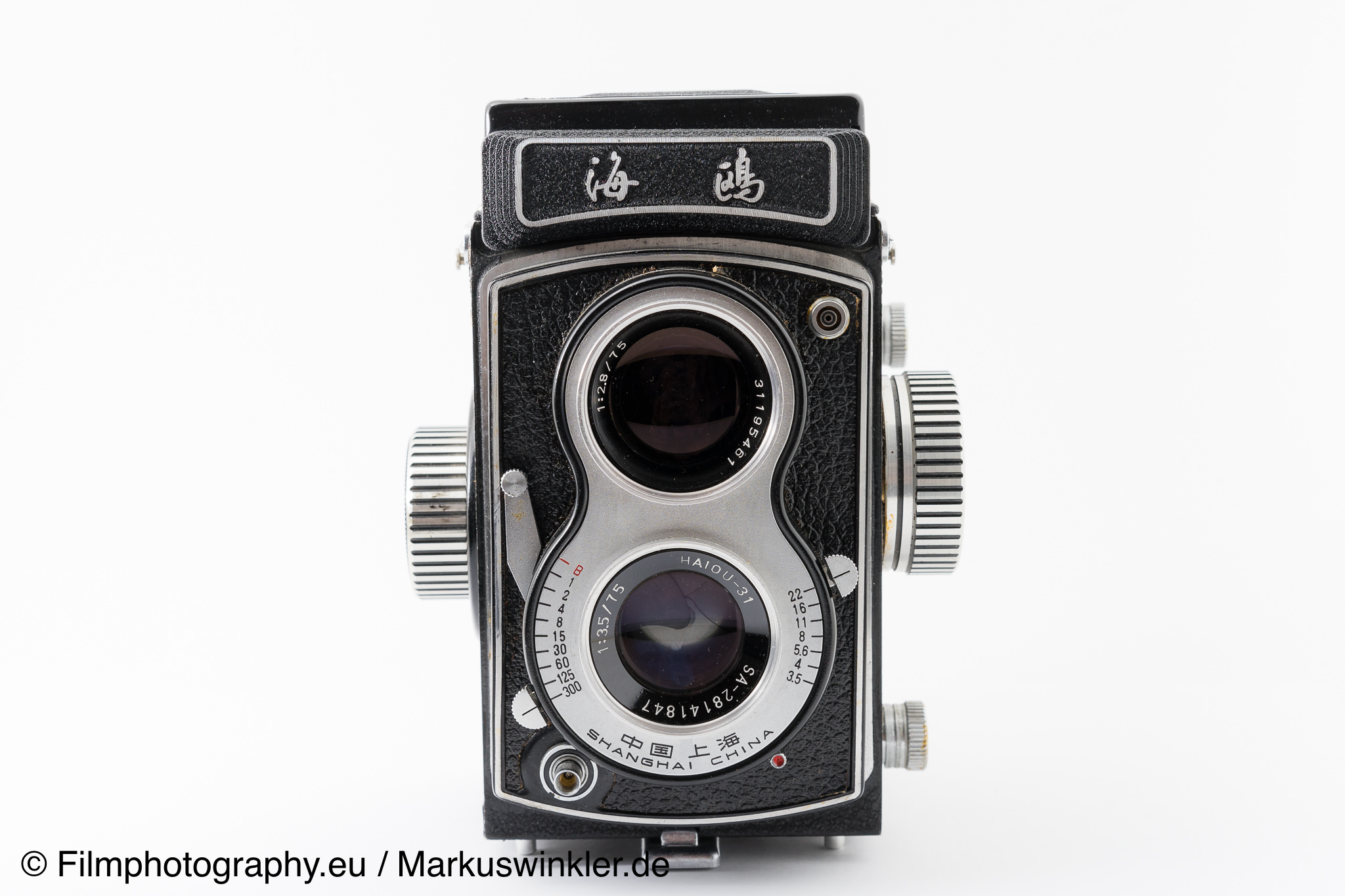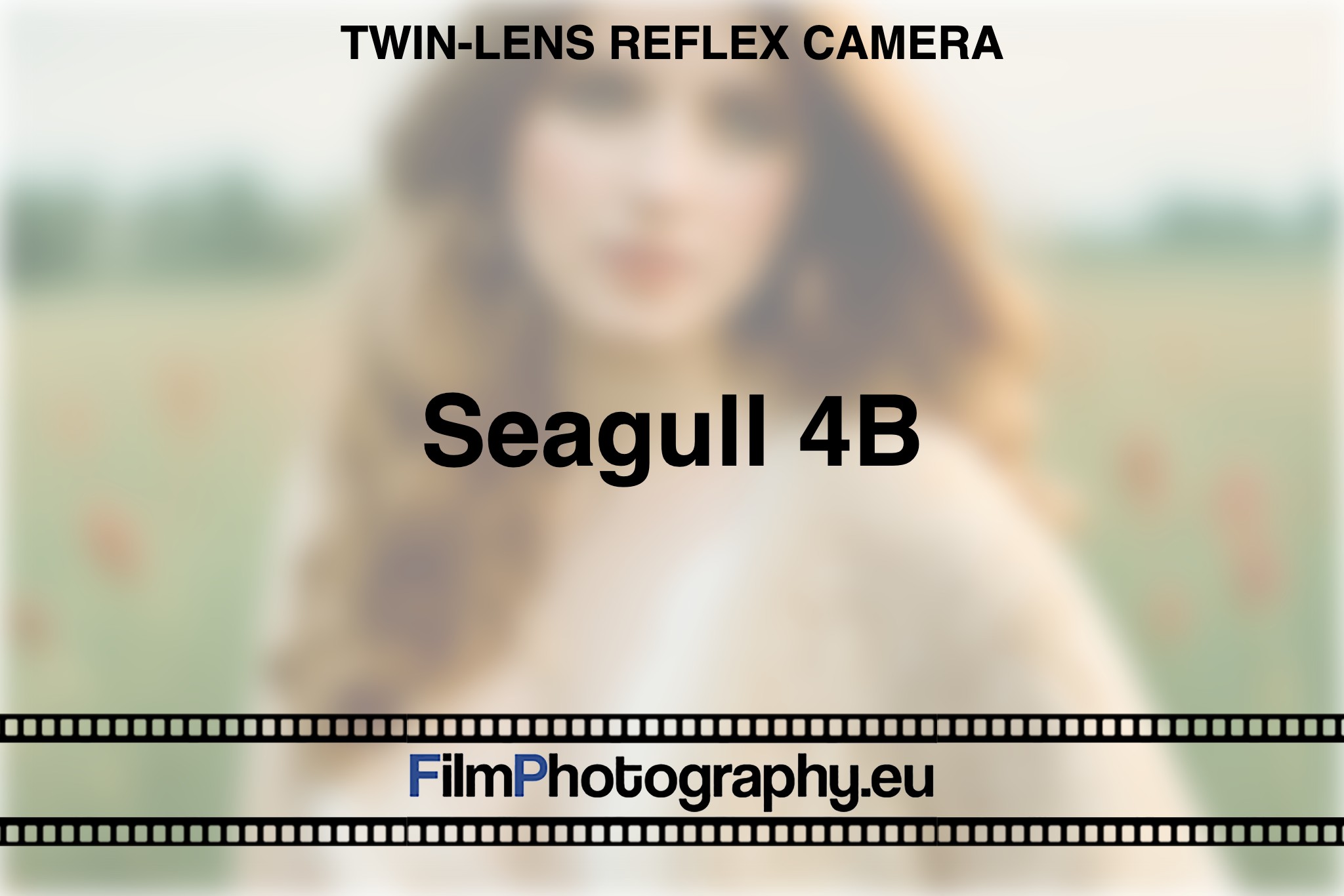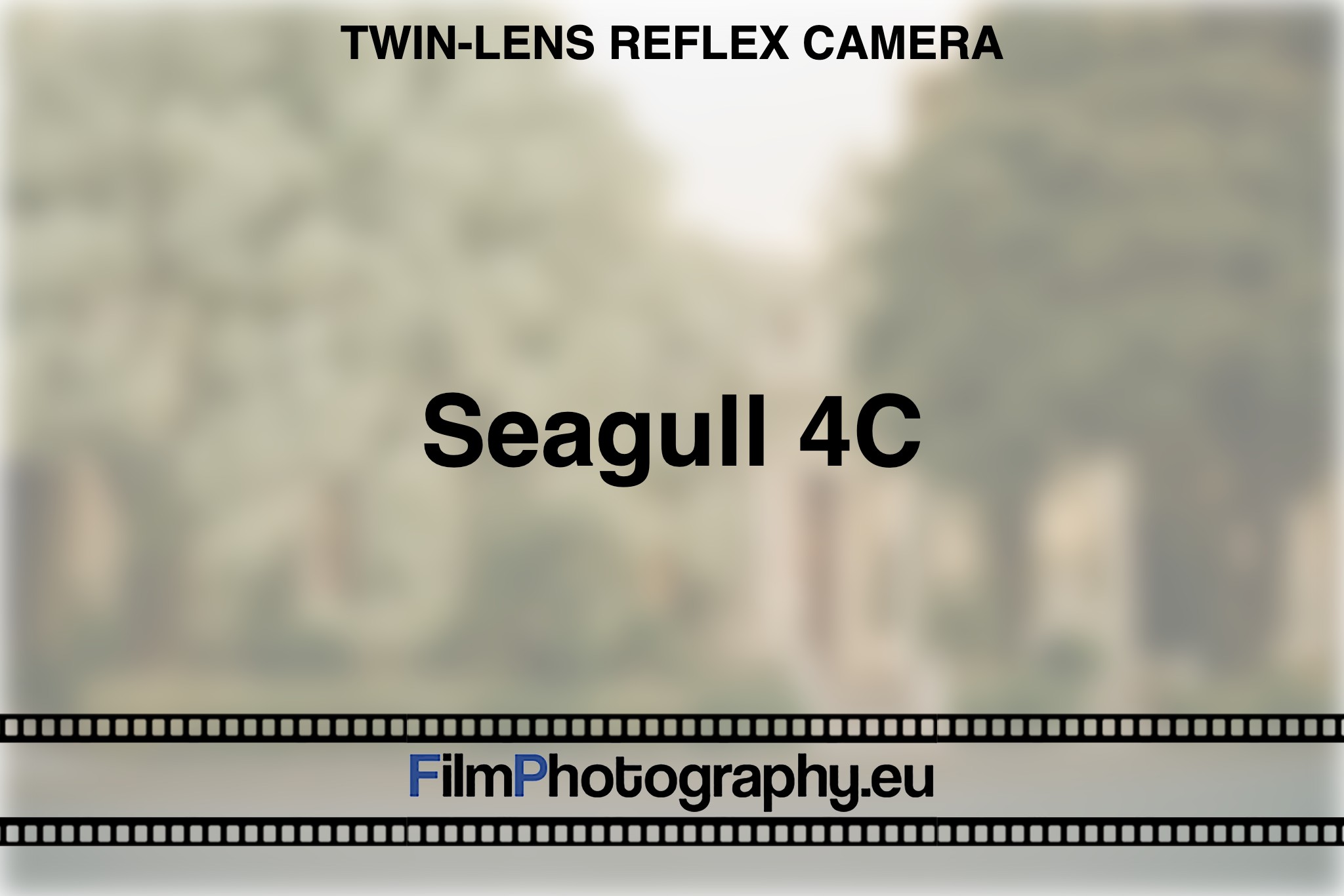Overview over medium format cameras with a waist-level viewfinder.
What is a waist-level finder?
A waist-level finder, also known as a waist-level viewfinder, is a type of viewfinder found on many medium format cameras and some SLR (Single Lens Reflex) cameras. As the name implies, it is typically used at waist level. The waist-level finder does not use prisms or mirrors to reverse the image, so the image in the finder is laterally reversed, or mirror-image.
The waist-level finder typically comes in the form of a box on the top of the camera, with a viewing screen at the bottom. When the camera is held at waist level, the photographer looks down into this box to frame and focus the image. The finder’s cover often has a magnifying lens that can be swung into place to aid in focusing, or it can be closed to protect the screen when not in use.
What are the advantages of a waist-level finder?
Waist-level finders come with several advantages that make them a popular choice among certain photographers:
Perspective: Since the camera is often held at waist level, it provides a different perspective than eye-level viewfinders. This perspective can add a unique element to the composition of the photographs.
Discreetness: When shooting, photographers look down into the camera rather than directly at the subject. This can make photography less intrusive and more discreet, which is advantageous for street photography or any situation where the photographer wants to remain unnoticed.
Reduced Camera Shake: Since the camera is typically held closer to the body when using a waist-level finder, it can help to reduce camera shake as compared to holding the camera up to the eye.
What are the disadvantages of a camera with a waist-level finder?
Despite the advantages, cameras with waist-level finders also come with several drawbacks:
Mirror Image: The image in a waist-level finder is laterally reversed (mirrored), which can be confusing for some photographers, especially when trying to track movement or compose intricate scenes.
Difficulty in Bright Light: In bright light situations, it can be difficult to see the image in the waist-level finder as it is not shielded from ambient light.
Uncomfortable for Low or High Shots: Waist-level finders are ideal when shooting from waist level. However, for high-angle or low-angle shots, they can be quite inconvenient, as the photographer has to crouch or reach high to view the image correctly.
Medium format cameras with waist-level finder
- Single lens reflex camera
- 120
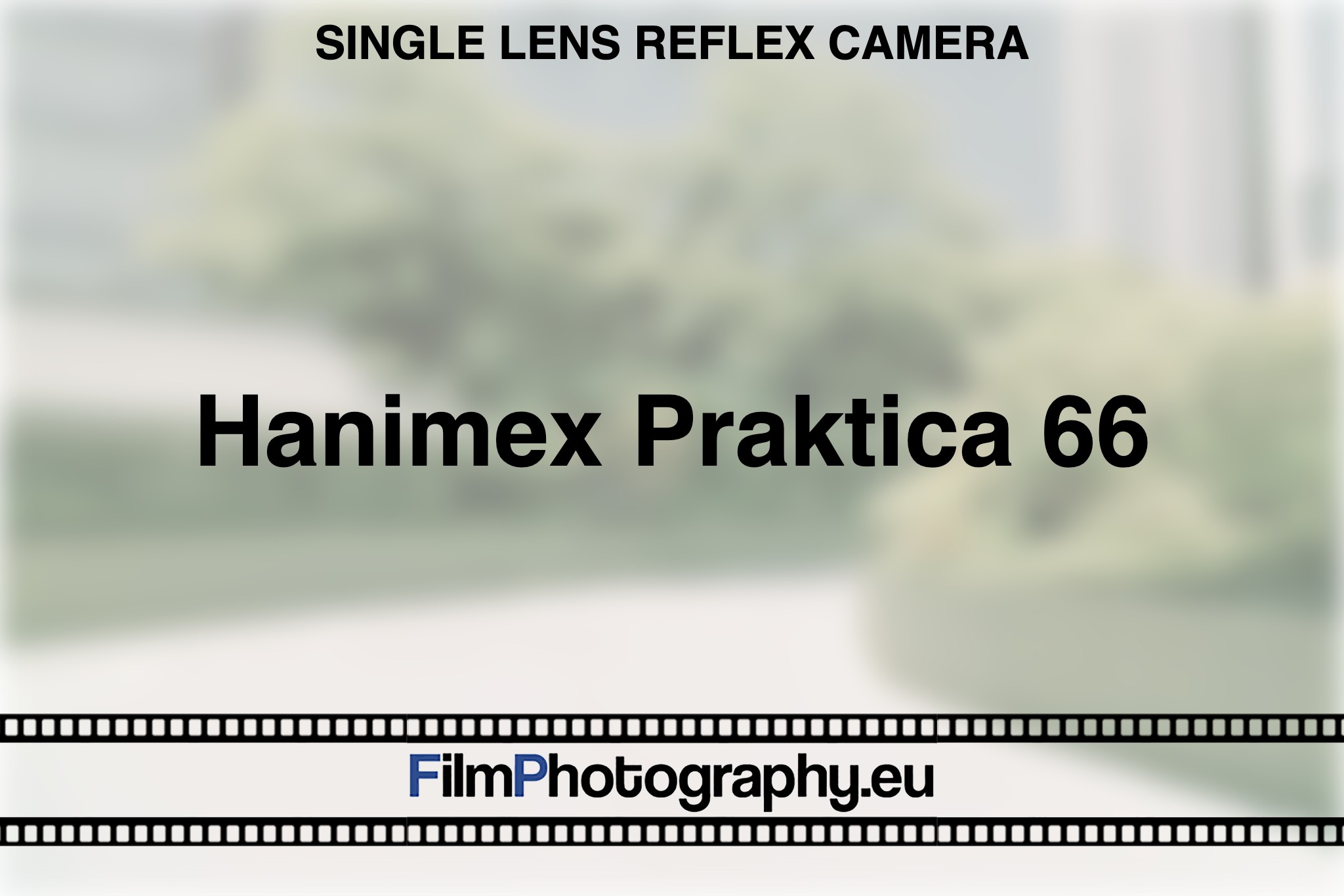
- Single lens reflex camera
- 120
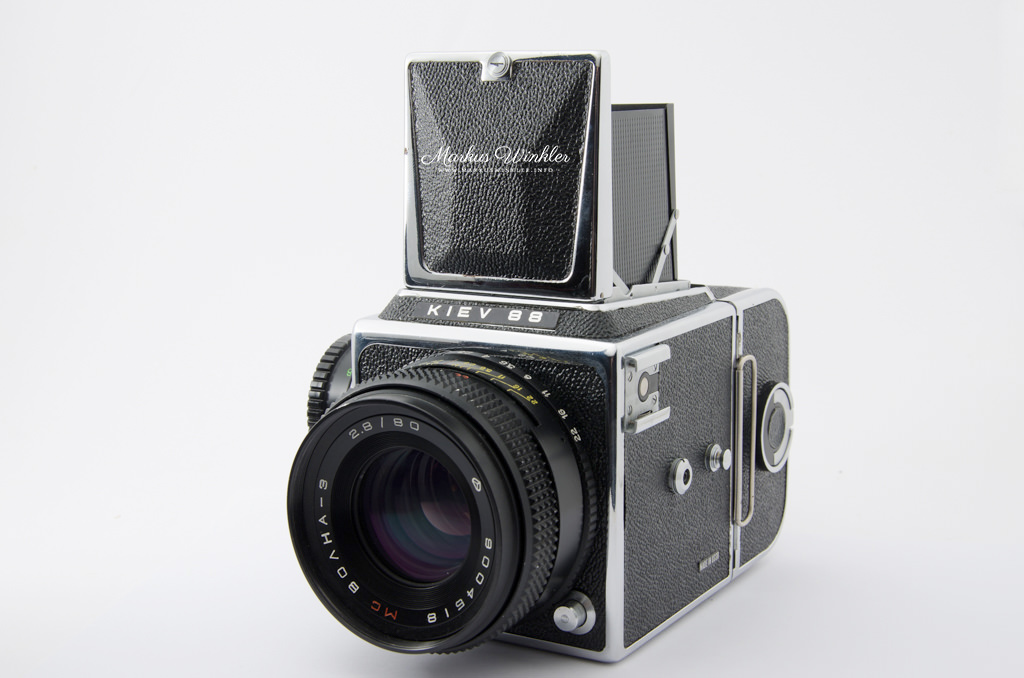
- Twin-lens reflex camera
- 120
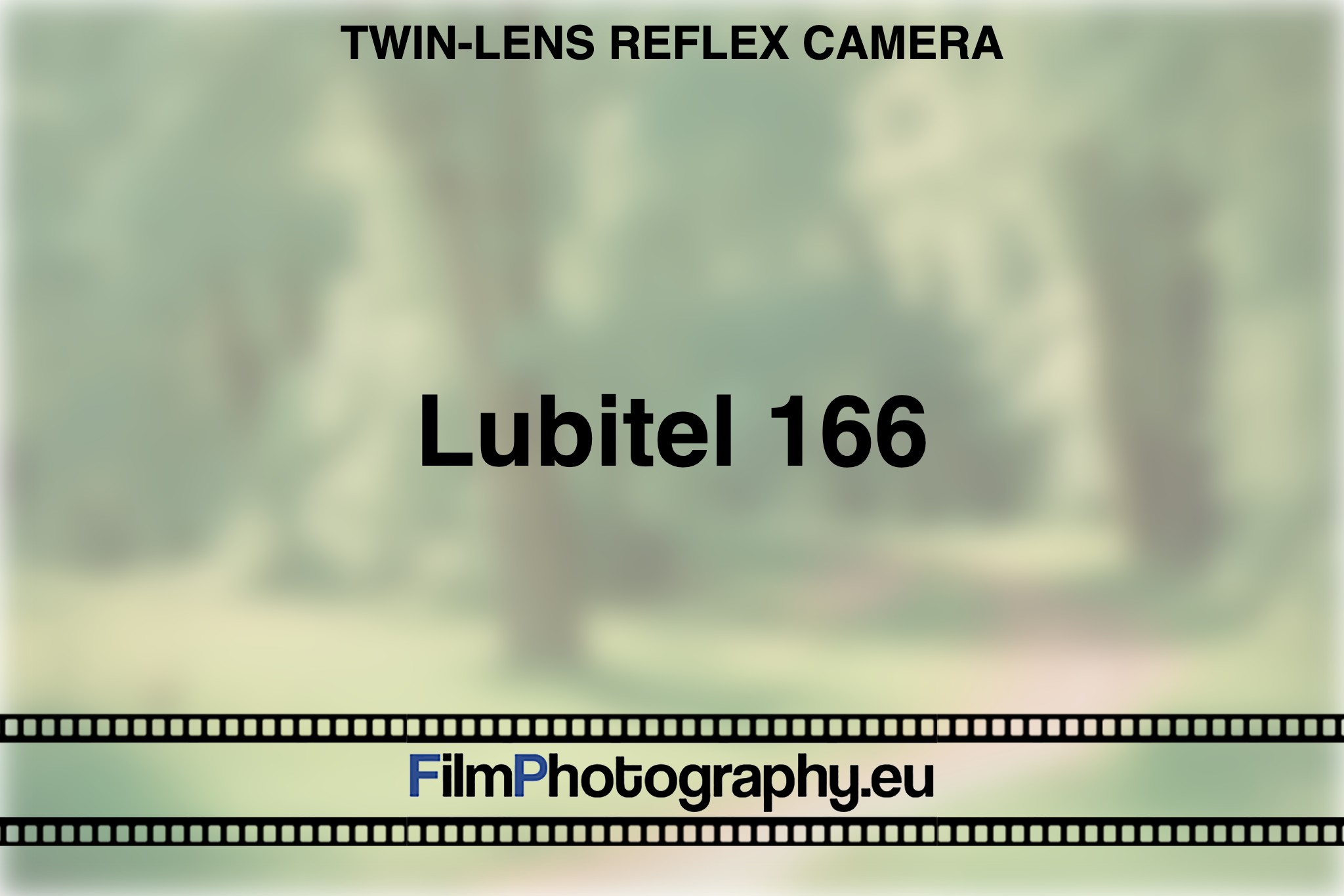
- Twin-lens reflex camera
- 120
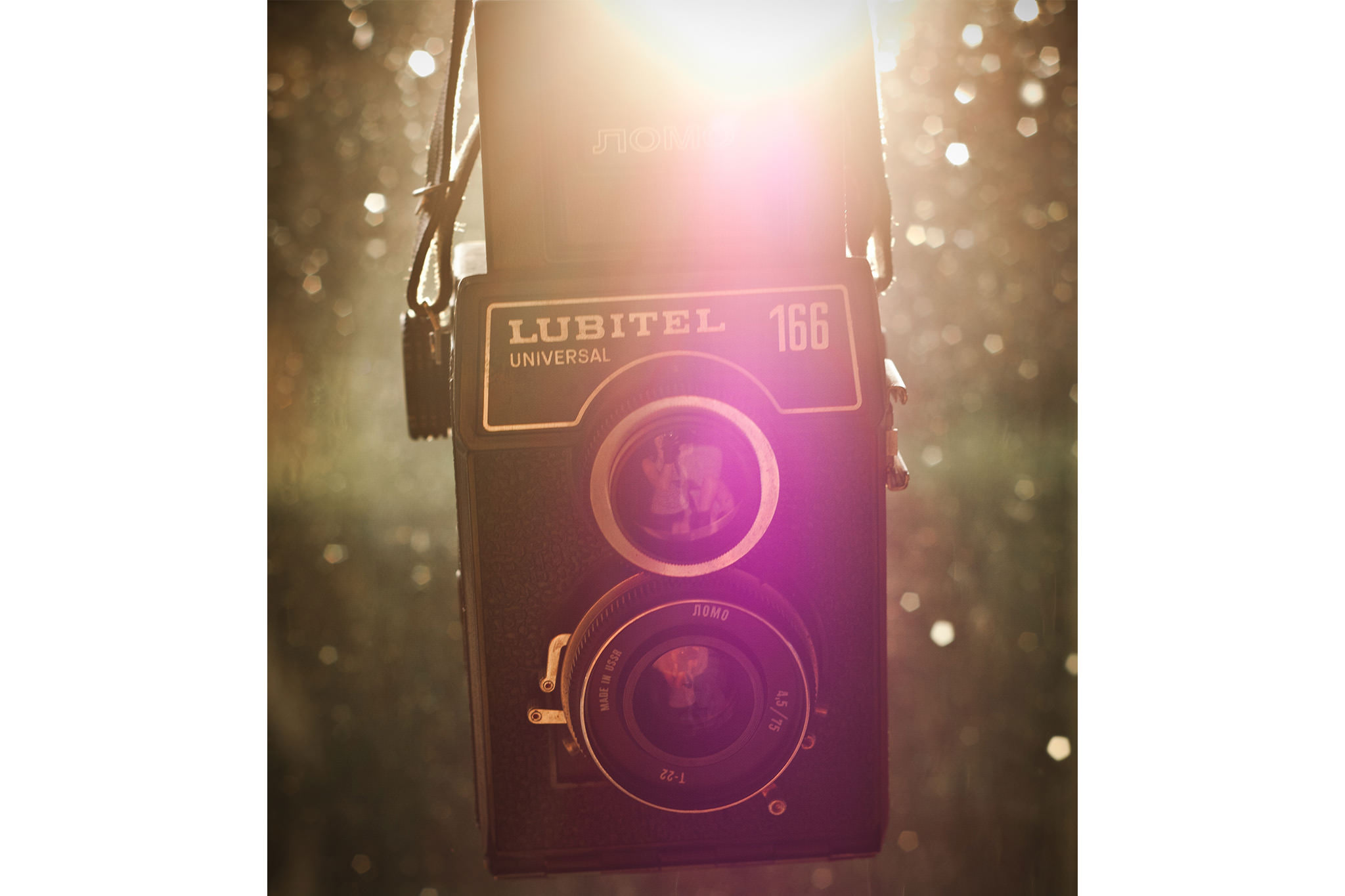
- Twin-lens reflex camera
- 120

- Single lens reflex camera
- 120
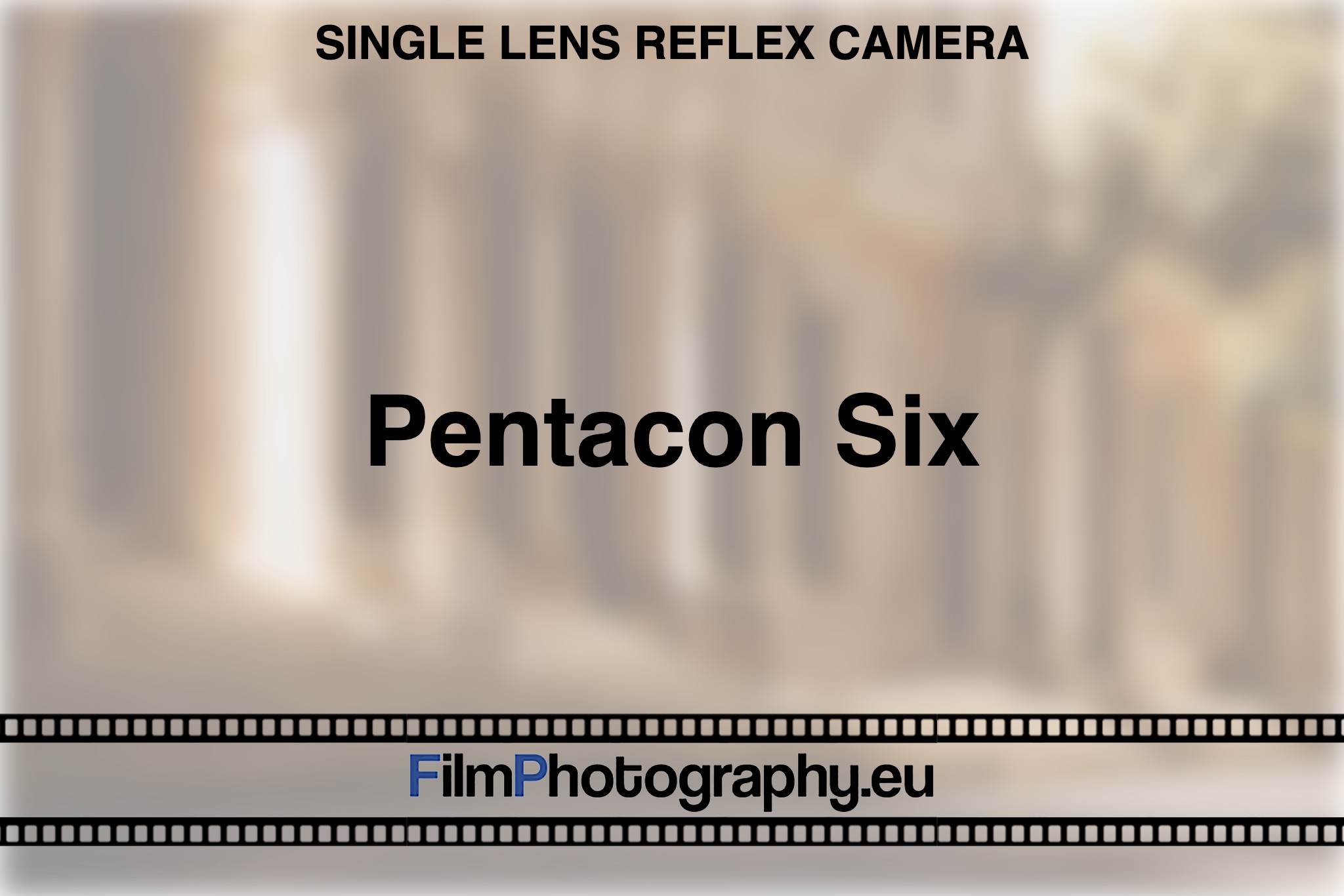
- Single lens reflex camera
- 120
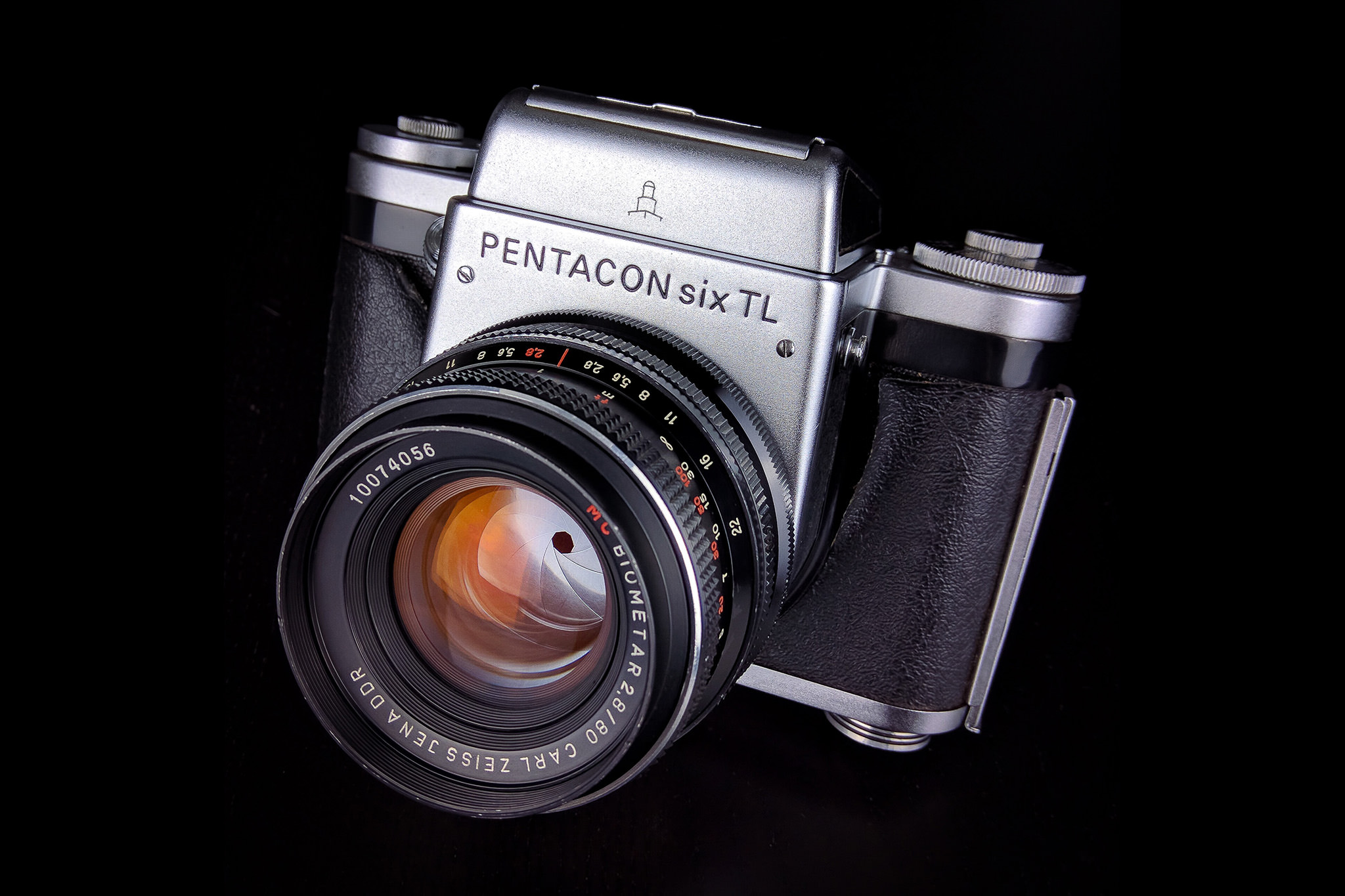
- Single lens reflex camera
- 120
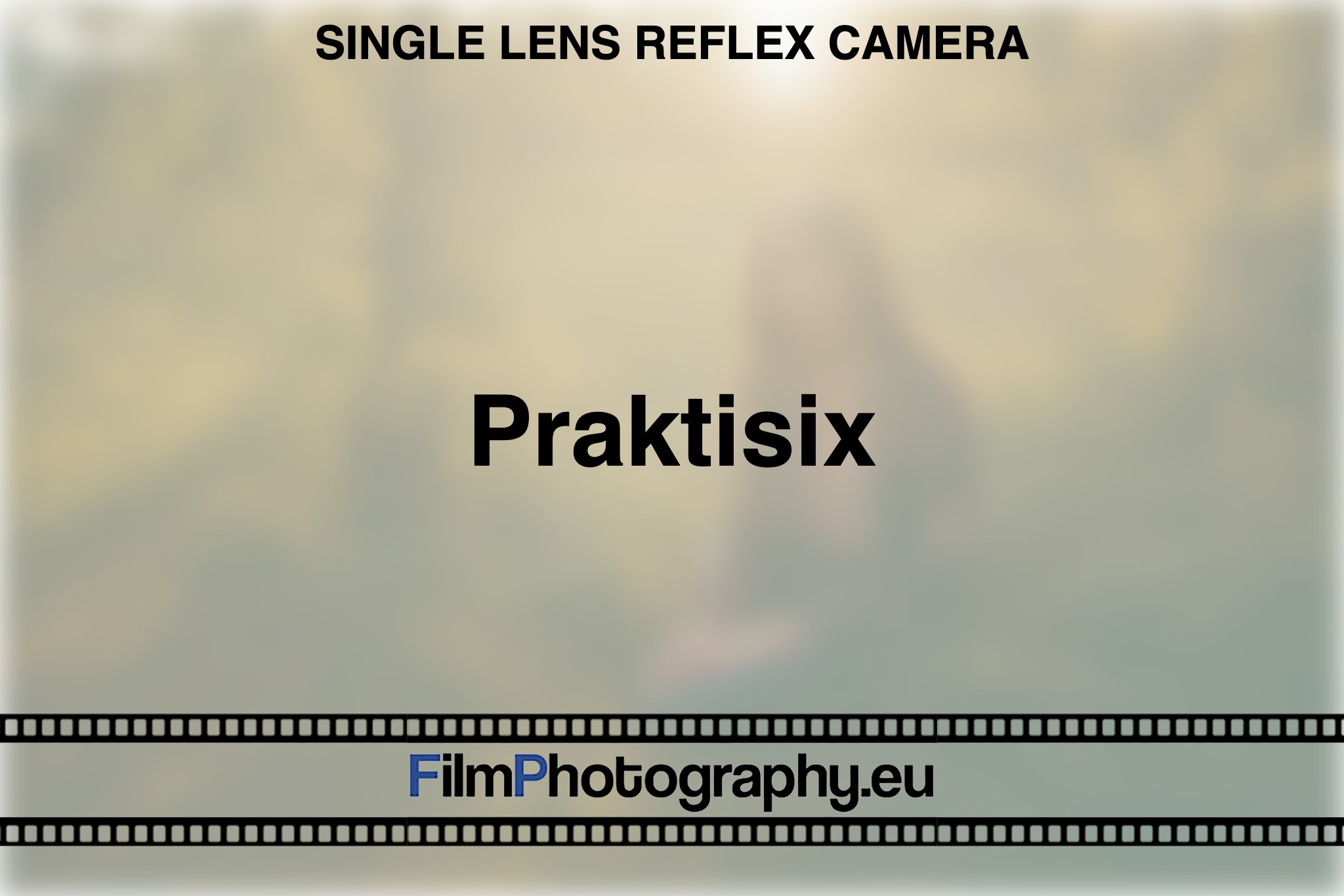
- Single lens reflex camera
- 120
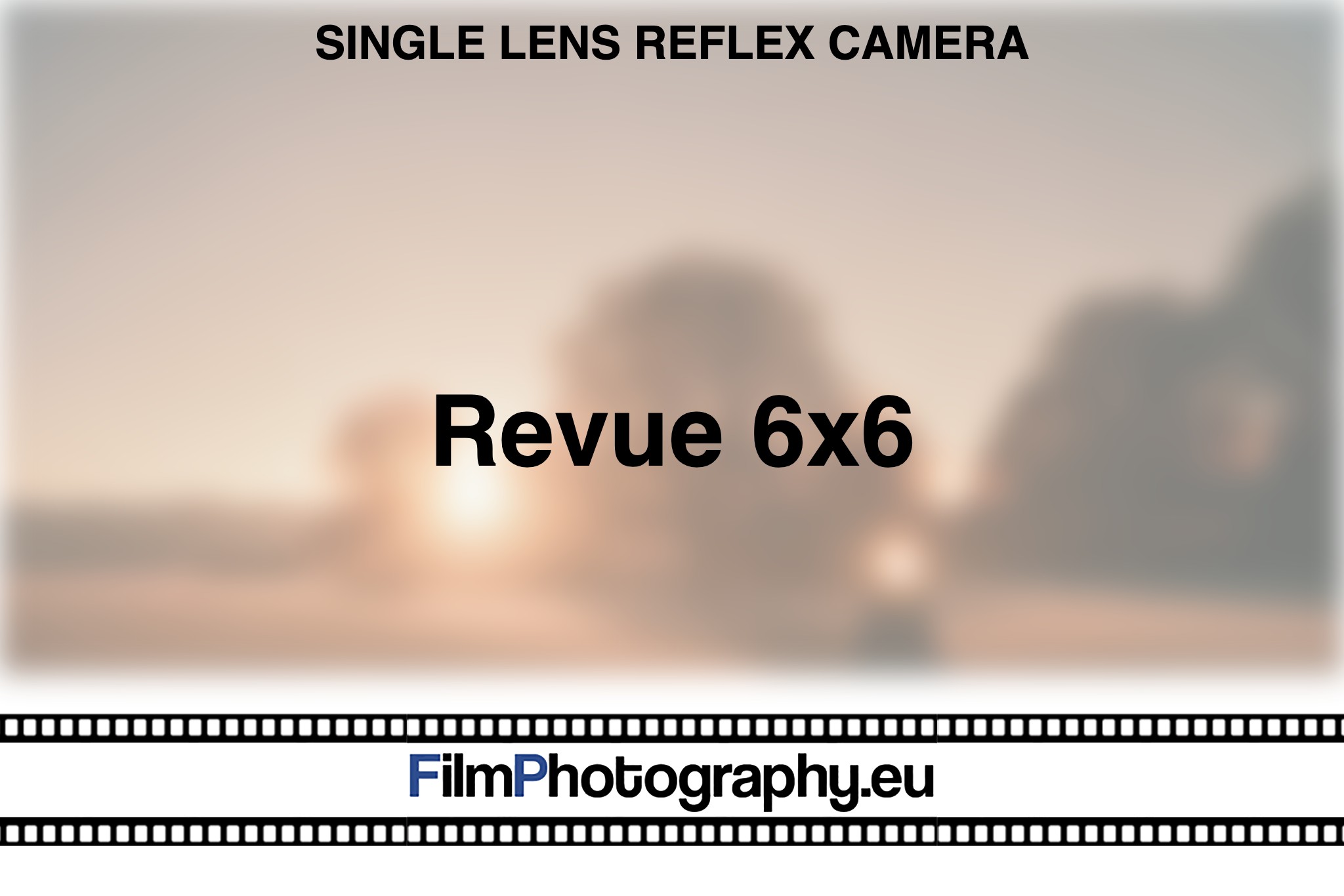
- Single lens reflex camera
- 120
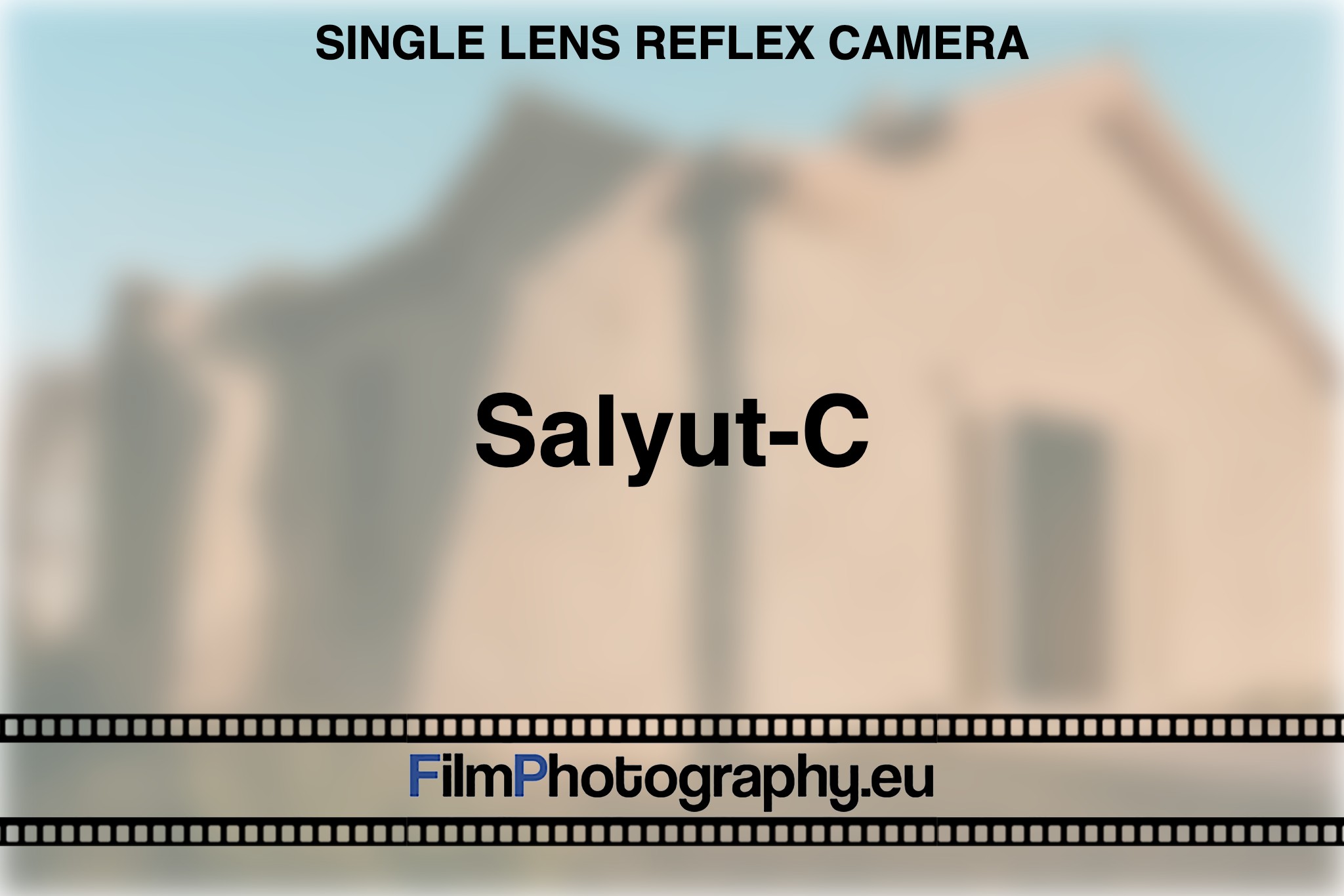
- Stereo-Kamera
- 120
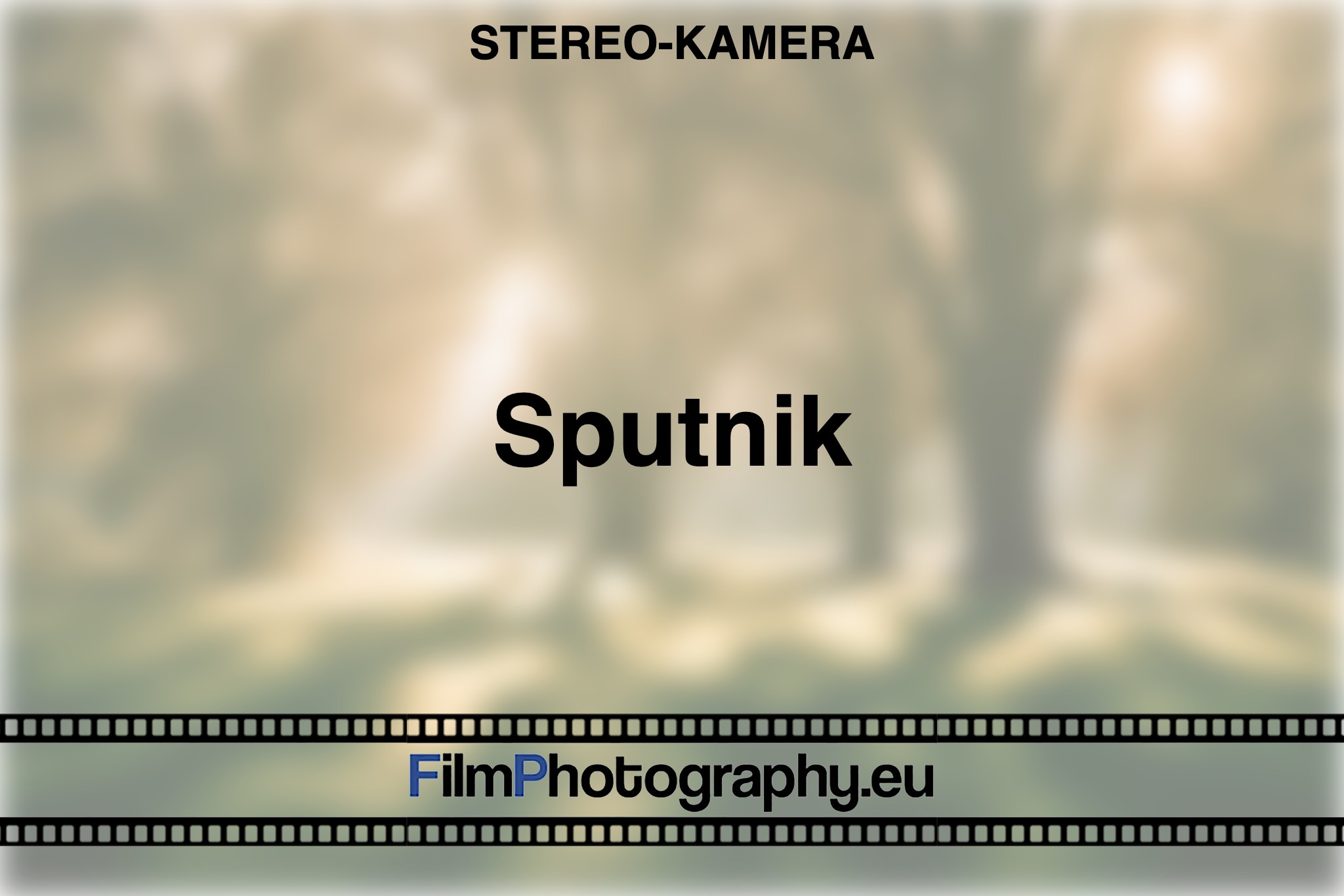
- Twin-lens reflex camera
- 120

- Twin-lens reflex camera
- 120
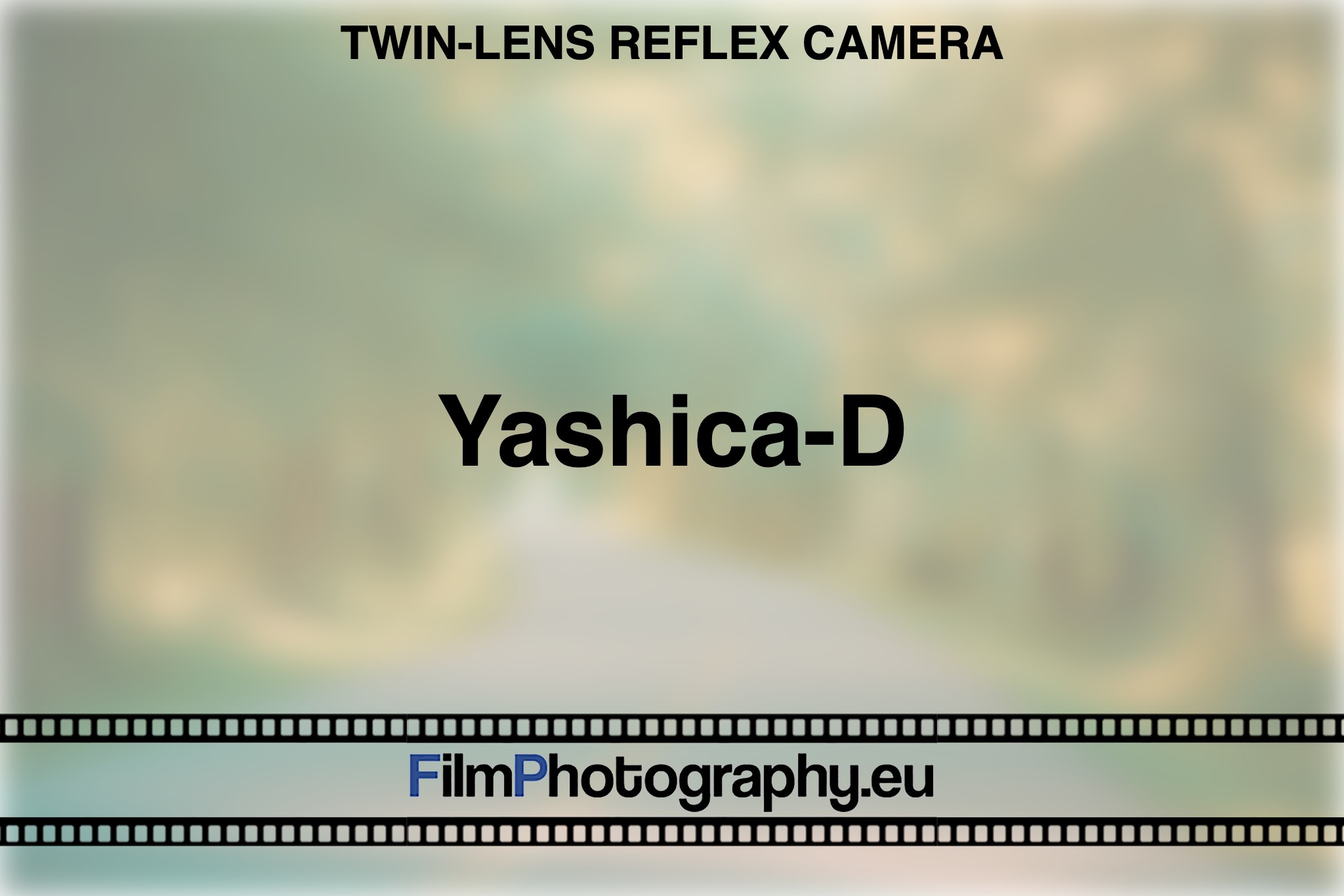
- Single lens reflex camera
- 120
